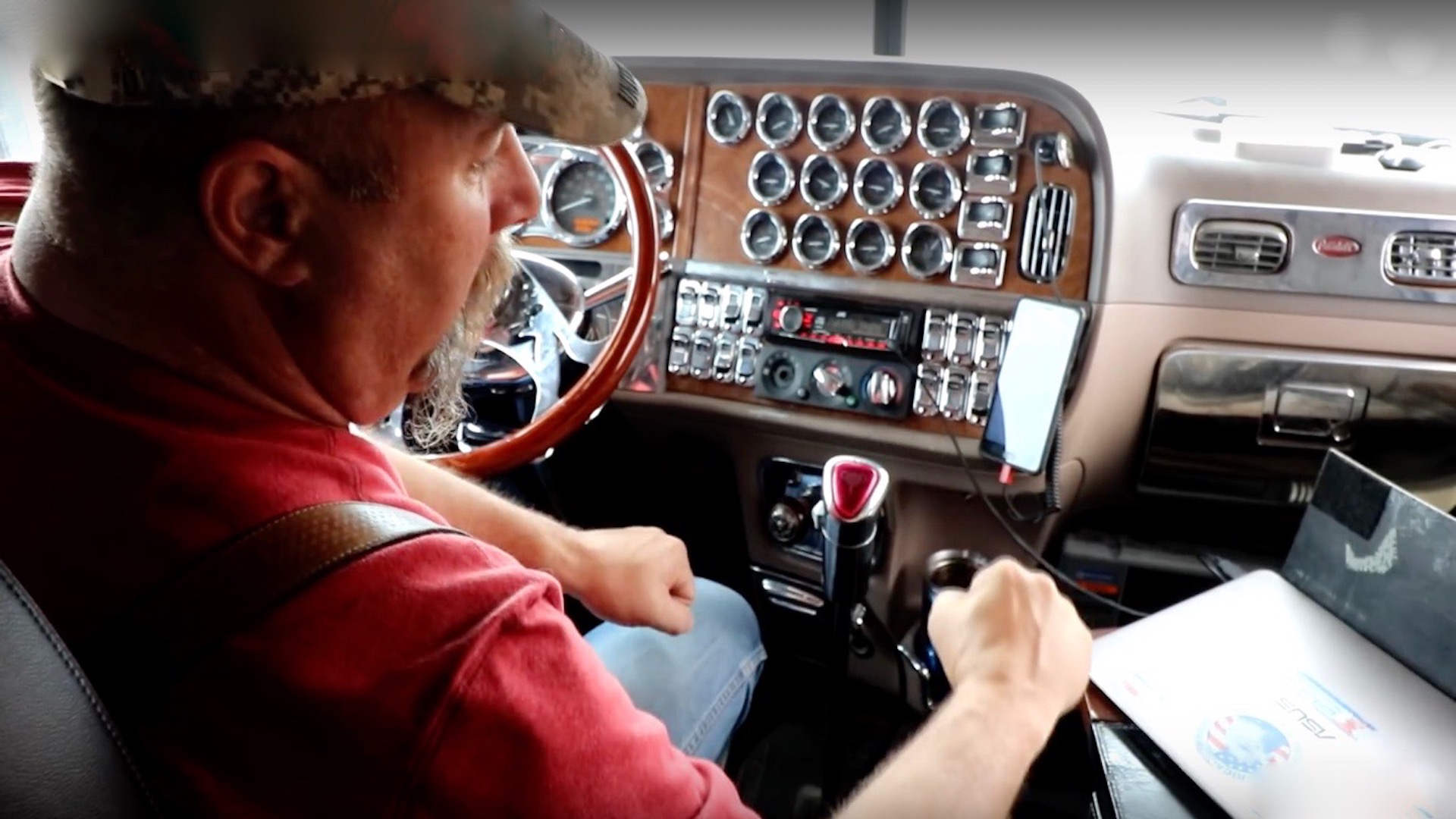

Have you ever wondered how 18-wheelers are able to carry 60,000, 70,000, and even 80,000 pounds of cargo somewhat effortlessly down the highway, and sometimes even up steep mountain-side roads? The big and powerful diesel engines hiding under their massive hoods play a big role, but in reality, it’s the transmissions that work the real magic.
There are nine different classes of trucks rolling on the road today, but most of the ones you see cruising down the highway with a big rectangular box attached to the back of them are categorized as class eight. Also, depending on their trailer configuration, they usually have a total of 18 tires making contact on the ground, with 10 of them being attached to the actual truck—eight rear and two front.
Class eight trucks are typically equipped with 10-, 13-, and 18-speed manual transmissions. Now, I say manual because they do require a clutch and manual shifting, but much like high-performance racing engines, the clutch is only used to get rolling from a standing start. From that moment on, the shifting is done through a pneumatic system that engages and disengages the clutch based on throttle positioning.
This explainer video by a professional truck driver shows that operating one of these modern 18-speed transmissions may not be all that difficult, but it surely and positively is very complicated. I won’t get into the nitty-gritty of the operation as the actual instructions are better left to the professional on camera, but I’m sure that you will find the level of engineering behind it truly mesmerizing.
Enjoy.
